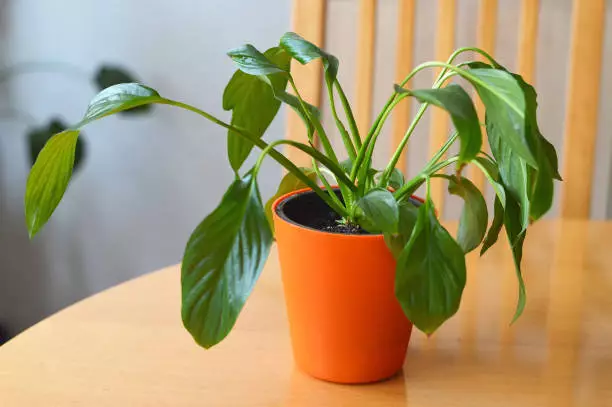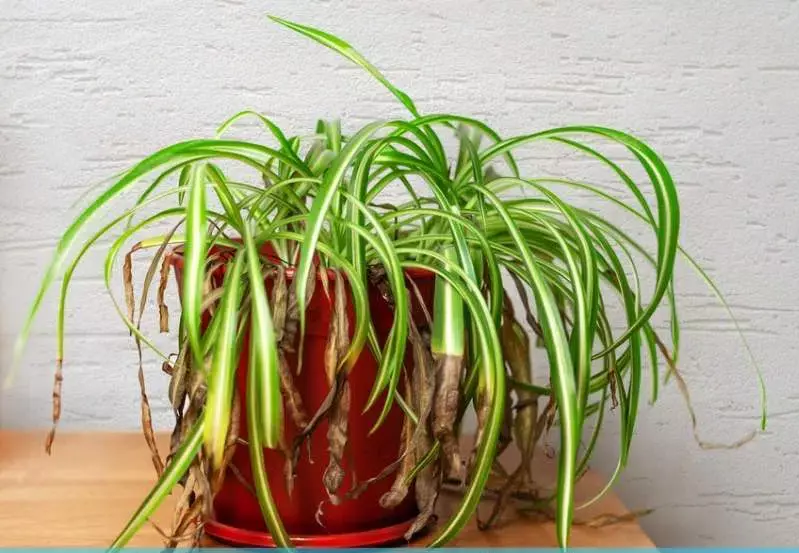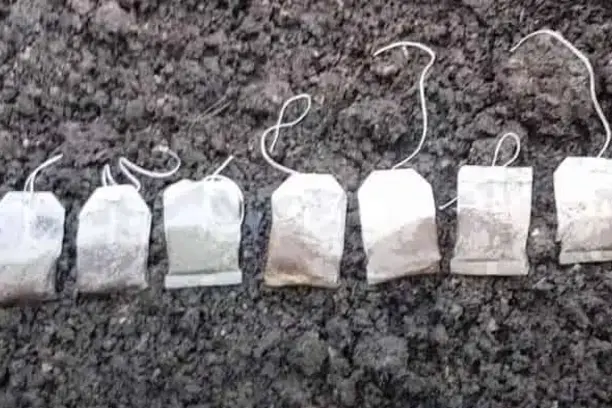Gardening is something that many people do as a hobby to either grow their own food or support the environment.
If you’re new to gardening or are still thinking of trying it, below are some things you should consider.
Where should I grow my garden?
One of the most important things to get started with gardening is picking the perfect spot to grow your vegetables. The quality of these veggies will be much higher with a better location.
Here are some tips for picking the right location:
- A sunny spot is an ideal place to plant. This is because nearly all vegetables need at least six (6) hours of sunlight each day.
- Try to plant these vegetables in a moist and well-drained location. If you can’t avoid poorly drained soil, plant the vegetables in a raised bed. Stuck with rocky soil? Try to till and remove any rocks that maybe present.
- The best place to plant is in an environment that is stable. You do not want to plant in an area constantly disrupted by winds, foot traffic, or flooding.
How big should my garden be?
Start small and simple so you could pay more attention to your plants. learn from this initial experience and then expand your garden as you go along or whenever you feel ready.

There is no reason to overwhelm yourself with your first crop. Below are a few useful tips about this topic.
- Make sure you have enough space to comfortably access everything growing in your garden. Consider positioning your plants no more than four (4) feet from where you will most likely tending them. If the area is too large, you won’t be able to reach the center of the row without too much strenuous work.
- A decent-sized garden is usually about 11 rows wide with each row about 10 ft. long. You will want these rows to run from north to south in order to use the sun to its fullest. These numbers are not set in stone. If you do not have the space, you can make the rows smaller or simply have less of them.
RELATED: FAB GARDENING TIPS FOR A SMALL YARD
Pick your plants carefully
Deciding which plants to grow is extremely important. Some may thrive better in your climate while others may not.
Here are a few tips on picking the right veggies:
- If you’re planting vegetables, choose those that you and your family will enjoy the most. The demand has to be there to start a garden to make complete sense.
- Think about the plants that are already in your garden when adding other types of plants. Some may not grow well together.
- Do not skimp on seeds. Be sure to get the highest quality. Here’s an excellent resource we found via Almanac.
Grow your vegetables strategically and with the future in mind
The more vegetables you decide to put in your garden, the more you should be planning it carefully.
RELATED: 2 EASY TO GROW VEGETABLES IN YOUR GARDEN
Here are some things to think about when you start growing your garden.
- If you are planning on leaving for an extended period, consider the effects it might have on your vegetables. Don’t grow crops that need to be tended to during the time that you’re away or have someone else water them for you.
- Many “cool season” and “warm season” vegetables grow at different times of the year. Consider having a “planting calendar” if you want a variety of vegetables throughout the year.
- Another issue that beginners can run into is when tall veggies shade shorter plants. Don’t let this happen by planting the taller vegetables on the north side of the garden. Areas with more shade should be reserved for the smaller vegetables that prefer the cool-season.
- The frequency at which some of these crops grow can vary. If you have a veggie that grows “perennially” and not just “annually”, set aside some space for their year-round growth. You will also want to note that the harvest period’s actual length can be different for any given vegetable. Make sure to pay attention to all of these details.
- Space out when things are planted. This is because you don’t want everything to harvest at one, but rather have a constant stream of fresh produce.
Get started on that dream garden
Of course, there is no better way to become a gardening enthusiast than by learning through firsthand experience. These tips should hopefully get you started and munching on delicious vegetables very soon! With a bit of time and research, you’ll be harvesting in no time!



